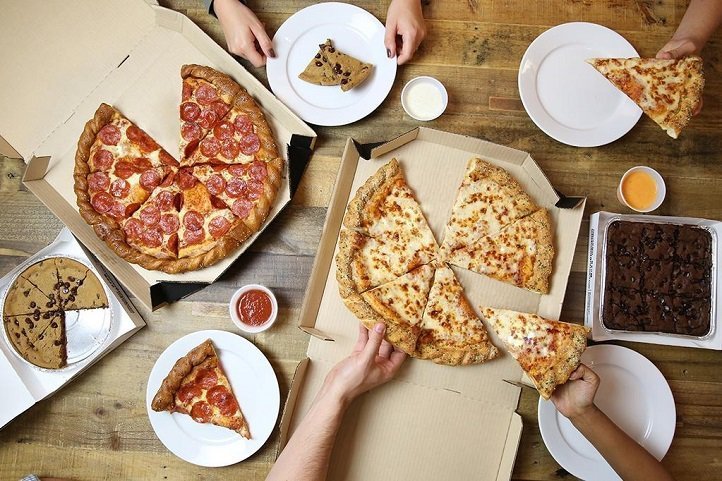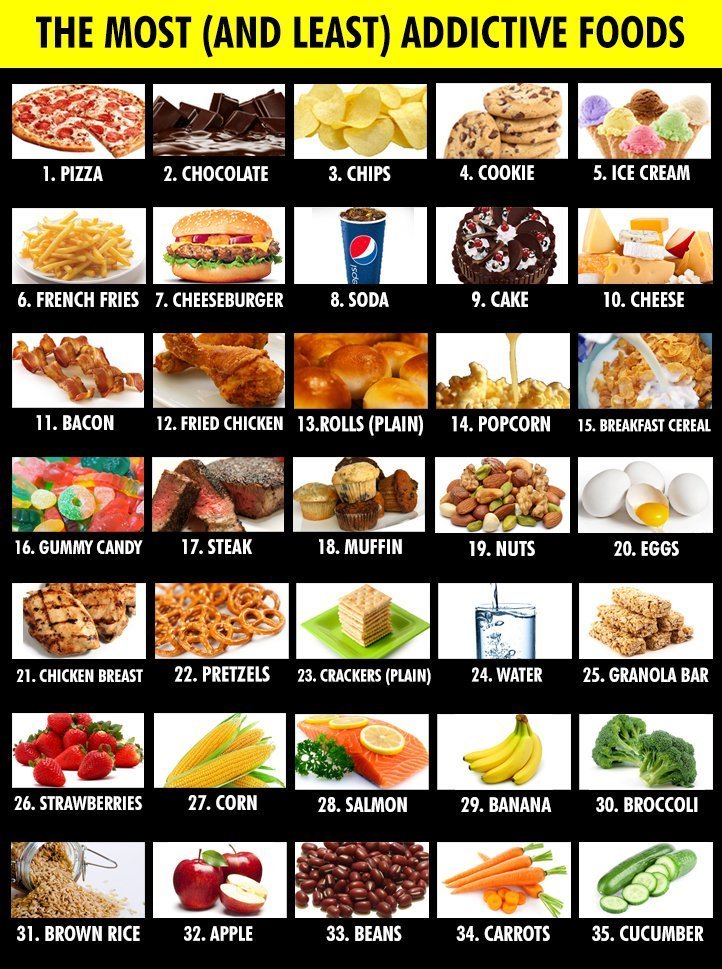Have you ever wondered why your mouth waters when you cross the Pizza Hut or a mini chocolate fountain in a mall? The US National Library of Medicine has published a study done by the University of Michigan which has analysed what makes a food addictive.
According to the Metro , it is the first study which has logically explained how food turns into an addiction.

Just like the term ‘drug’, can mean heroin or a medicine, food can also mean meals in their natural state like vegetables and fruits, or one with added amount of carbohydrates. When food turns addictive, it’s rarely when they are in their natural state. They are altered or processed in a manner to attain a more addictive taste.
For example, grapes taste better when they come in the form of wine. A similar process maybe occurring within the food supply. In the modern food environment, there has been an outrageous increase in the highly processed food, which are processed in a way to increase the amount of refined carbohydrate. However, food which have excessive fiber or vitamin do not fall in the same category of processed food as explained by the author of the report.
According to the study, pizza has topped the list of most addictive foods followed by chocolate. Mostly all kinds of processed meals have topped the list. The top ten food in the list have a high concentration of refined carbohydrates and fat.

Utkarsh Tyagi
“Additionally, addictive substances are altered to increase the rate at which the addictive agent is absorbed into the bloodstream. For example, when a coca leaf is chewed, it is considered to have little addictive potential. However, once it is processed into a concentrated dose with rapid delivery into the system, it becomes cocaine, which is highly addictive.
“Similarly, highly processed foods, compared to naturally occurring foods, are more likely to induce a blood sugar spike. This is important, because there is a known link between glucose levels and activation of areas of the brain that are involved with addiction. While a food’s glycemic load (GL) and glycemic index (GI) are both measures of the blood sugar spike, the current study utilizes GL because it is calculated using not only the magnitude of the blood sugar spike but also the dose (grams) of refined carbohydrates. Many foods with a high GL (e.g. cake, pizza) have been highly processed to increase the concentration of refined carbohydrates, such as white flour and sugar.
“Simultaneously, fiber, protein, and water are stripped from the food, which further increases the rate that the refined carbohydrates are absorbed into the system. For example, the sugar in a highly processed, high GL food, such as a milk chocolate bar, will be more quickly absorbed into the system than the natural sugars in a banana (low GL).
“This is because the banana is unprocessed, and though it contains sugar, it also has fiber, protein, and water, which slow the rate that the sugar enters the bloodstream. Given our knowledge of addictive substances, it may then be hypothesized that the chocolate would have a higher abuse potential than the banana. In summary, it appears that highly processed foods may be altered in a manner similar to addictive substances to increase the food’s potency (dose) and absorption rate,” the author mentioned in its report.

















